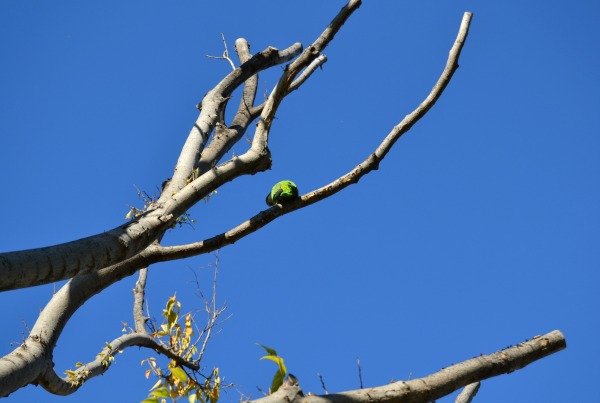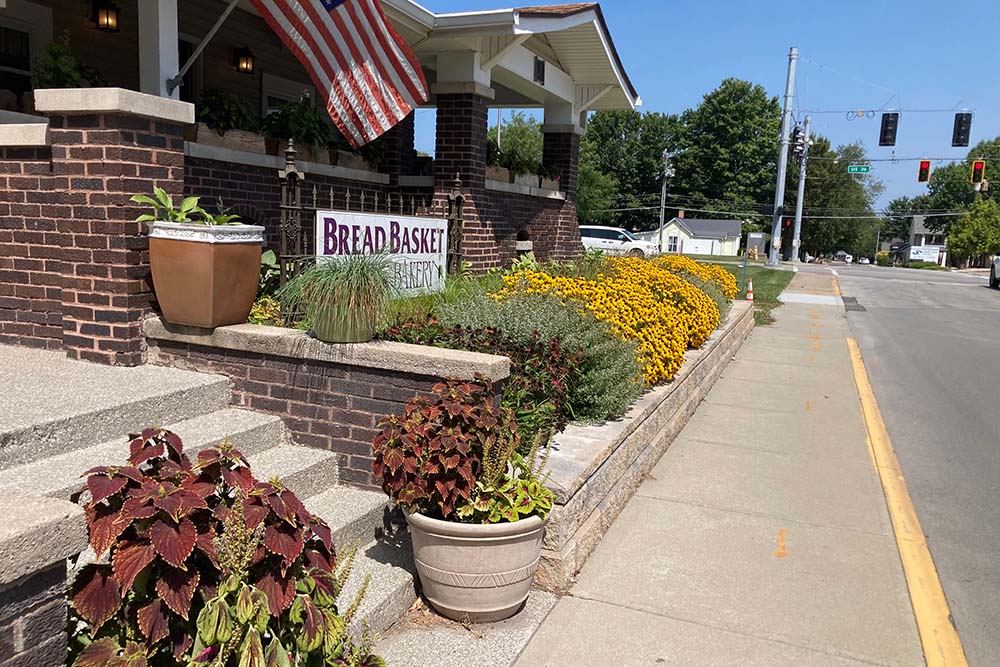Keeping your yard beautiful and healthy requires proper landscape maintenance. Beyond appropriate sun, water and fertilization, many shrubs and trees need regular pruning as well. Taking clippers to your plants can be intimidating; it’s not a quick and simple process if done correctly. Getting enthusiastic with an electric trimmer can lead to years of ugly, unhealthy recovery for your shrubbery. To help minimize common homeowner mistakes, we offer some advice on how to NOT prune your landscape:
1) No Willy-Nilly Cutting
Approach pruning as an artform, beginning little by little, building upon the results from each snip. A well-pruned tree or shrub should appear like no one was never there – it’s just a bit smaller. Cutting little by little allows one to evaluate the change from each snip and then carefully choose another. Most homeowners are worried about making the shrub or tree look weird. However, just like our hair, plants grow back and they will do so if kind and careful pruning techniques are used. Prune with confidence mixed with cognizance.
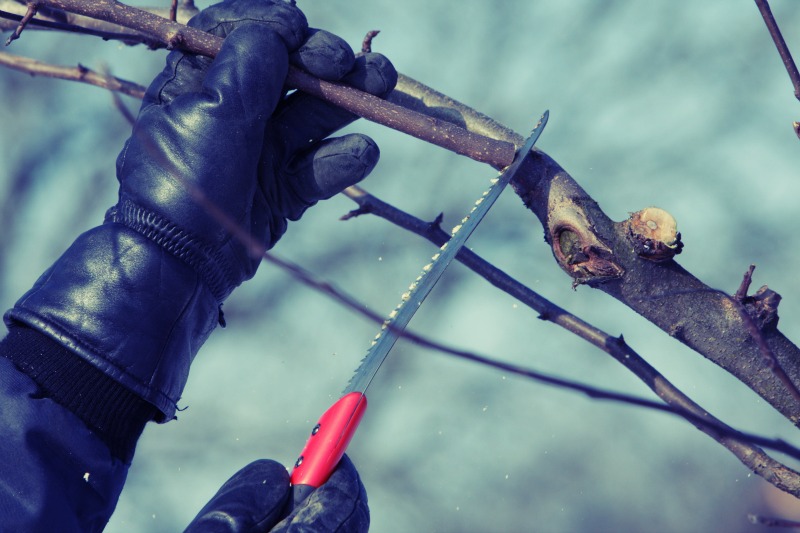
2) Don’t Snip Just the Tip
Pruning just the end of a branch, otherwise known as shearing, can be handled by only a select few shrubs like boxwoods and yews. Other varieties respond to the removal of all their new growth by creating even more lateral branches. The end result is a spindly, top-heavy plant. Instead, prune deep into growth, removing longer branches from the main trunk to create a smaller shape and promote healthy growth.

3) Ignore the Low-Hanging Fruit
We see homeowners remove just the lowest branches of evergreens, which have grown too long and are now crowding their space. However, removing the bottom growth upends the lovely pyramid shape of evergreens, leaving the top wider than the bottom. If an evergreen has gotten too big for its growth area, remove it rather than drastically cutting it back.
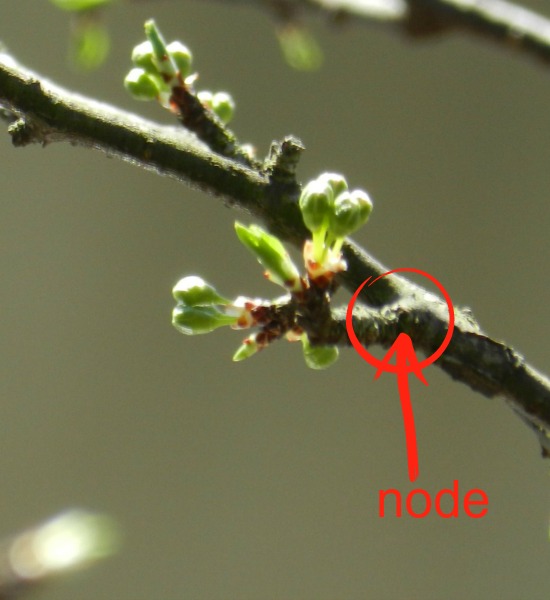
4) Get Out of the Middle
Trees and shrubs grow out of branch buds or nodes, little bumps you can see and feel. Pruning in between two growth points leaves behind a big chunk of dead branch ripe for insects and disease. Pruning ¼” above a node will promote healthy growth from that point.
5) No Bowl Cuts
Here at Eagleson Landscape Co., we have a special place in our heart for weeping plants; they add visual interest to a landscape design with their unique growth habit and swaying branches. Unfortunately, we see many homeowners give their weeping trees bowl cuts by lobbing the branches to one height. Uniformity has nothing to do with the way weeping varieties grow; they naturally create varying branch lengths which helps keep them healthy. It’s better to selectively prune out longer branches so they do not weep as far. Get underneath the tree and working from inside out, thin out dense areas and remove dead branches. The end result will be a gorgeous, natural look.
6) Remove the Head, Remove the Health
Lobbing off all the branches of a tall tree because it has gotten too big (called topping) is not only extremely detrimental to the tree, it looks plain awful. Cutting the head off a tree signals emergency growth to that area. The new, soft wood and clumpy branching that grow back leave the tree more susceptible to wind breakage in the future. Again, if a tree is too big for its space it’s better to remove it rather than damage it.
7) Abandoning Your Landscape
Finally, the largest mistake a homeowner can make when pruning is not doing it at all. Plants need care, just like we do. And, similar to us, plants make mistakes. When they grow wild those mistakes leads to unattractive growth patterns or death. In a landscape design, the goals is have neither of these situations occur. Pruning is a necessary part of maintaining the look and health of your landscape. If no one in the home is interested in donning a pair of snippers, create a landscape design that does not require it, or hire a professional landscaper.
Landscape Maintenance: The Pruning Process
We begin our pruning process by observing the state of the plant – what really needs to go. We cut out all the dead branches first and then look for cross branching or branches that do not fit the natural growth. Then we look at the base palette of the overall shape and figure out how we want it to grow from there. We are essentially slowly training the tree or shrub to grow how we would like it to, within its natural aesthetic. Pruning is a simple process that takes awareness and time. And, it can be incredibly fulfilling to see the results of a job well done.
The number one way to ensure you can prune your landscaping well is to plant appropriately. Installing a Norway spruce right next to your house means in 15 years you will have to remove it. Poor pruning will not solve the problem and will make your landscape look terrible. Choosing your varieties wisely and maintaining them lovingly will ensure your landscape design looks great for a long time.
If you need assistance with landscape maintenance, we are here to help. Send us an email, or give us a call at (317) 997-4803.

